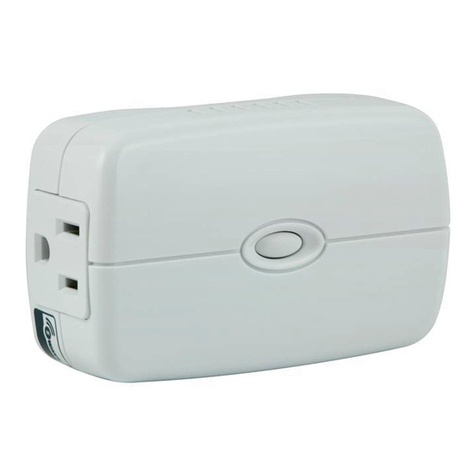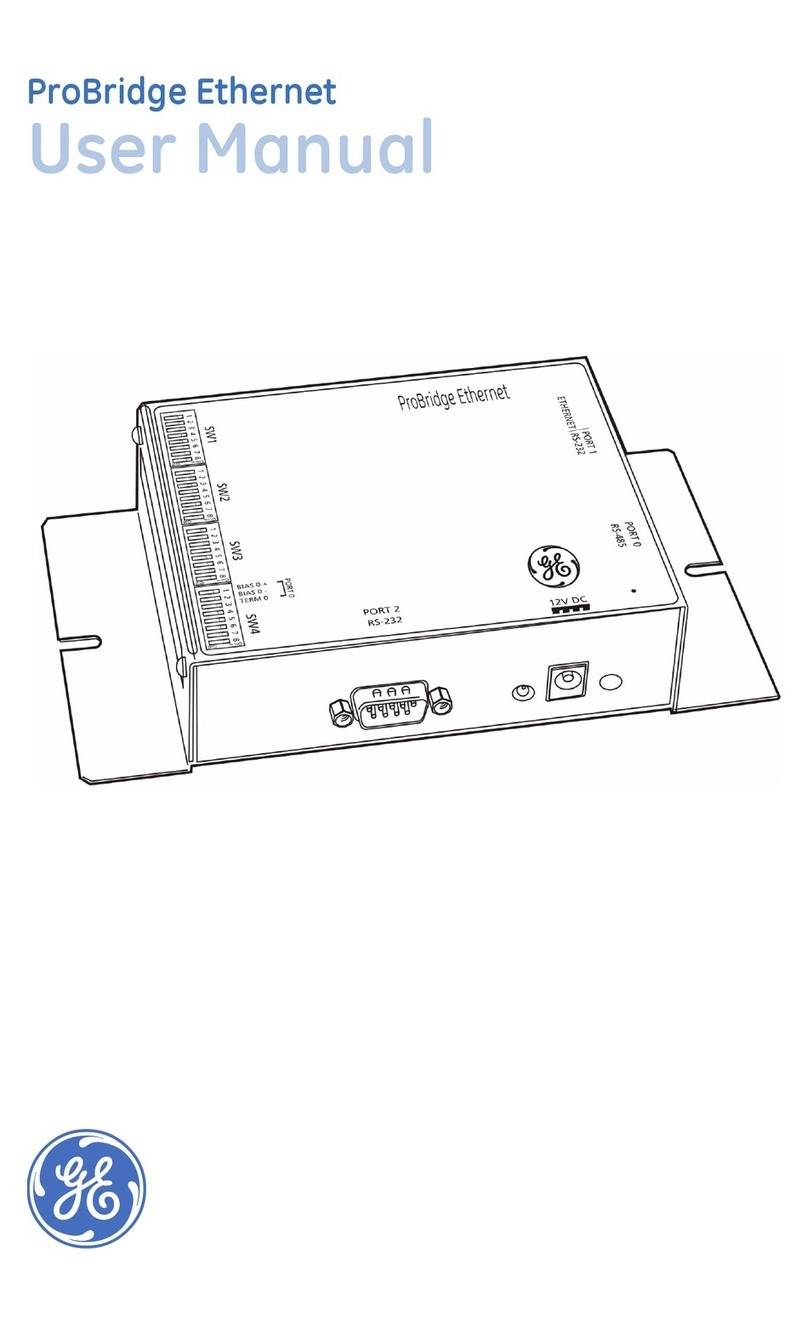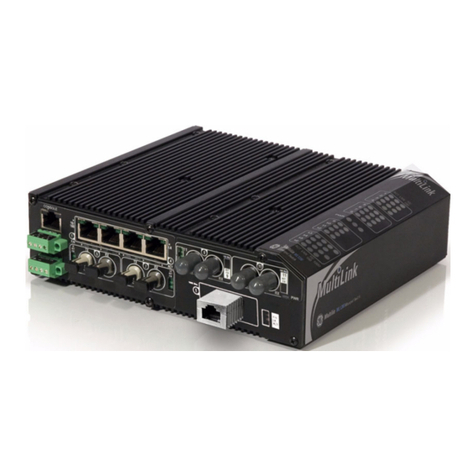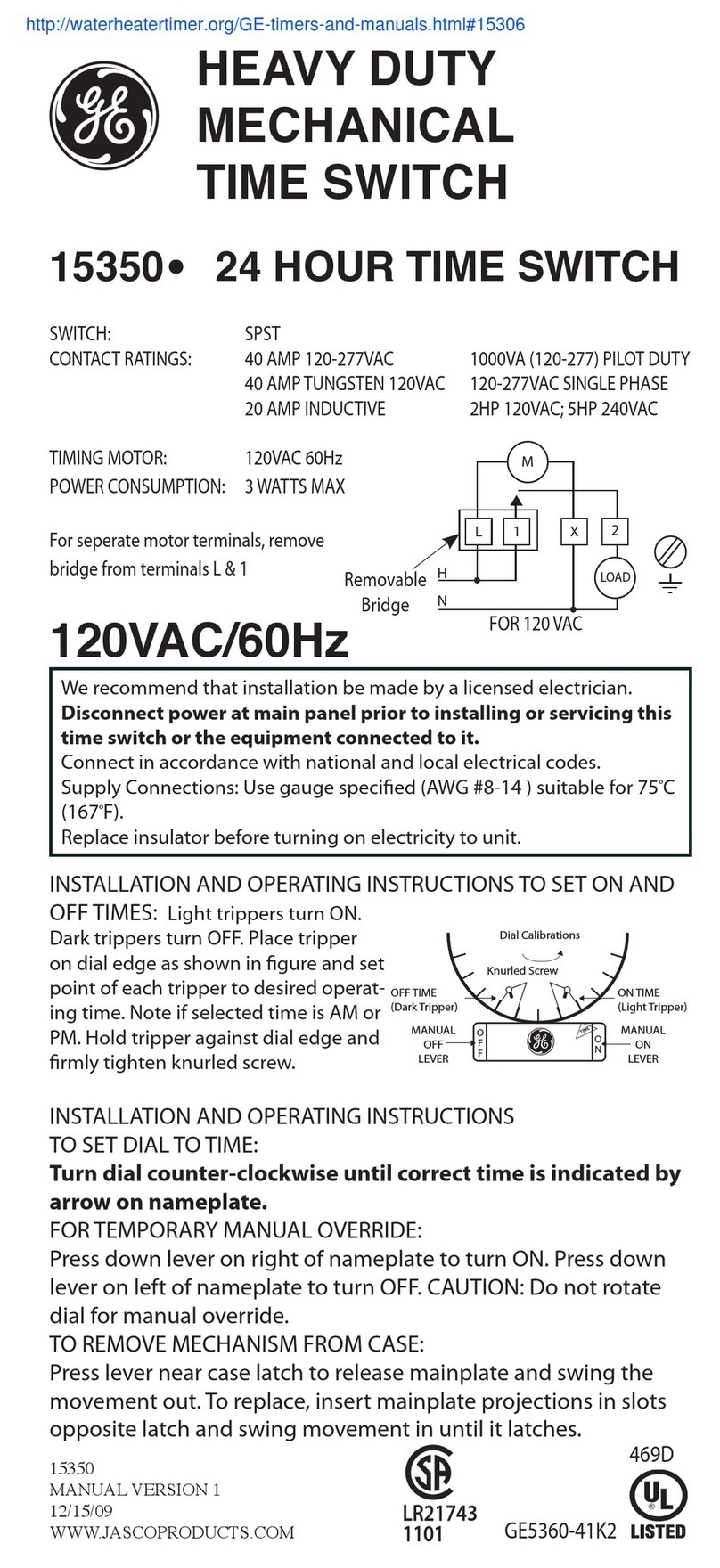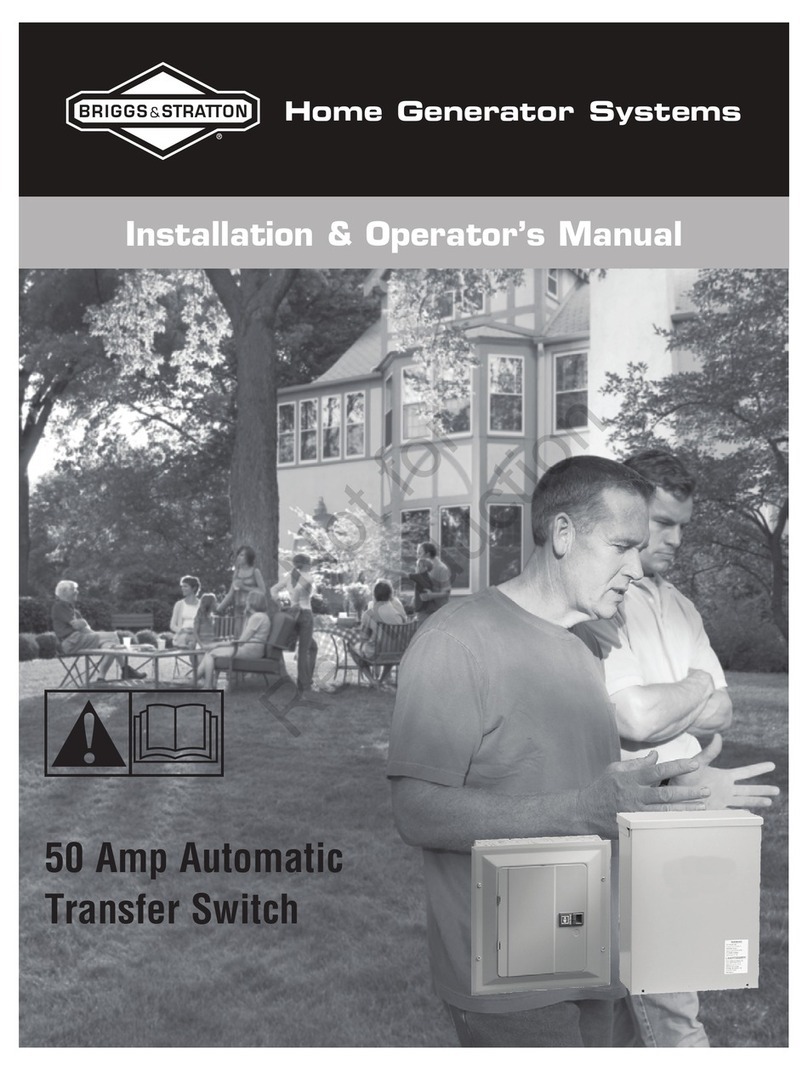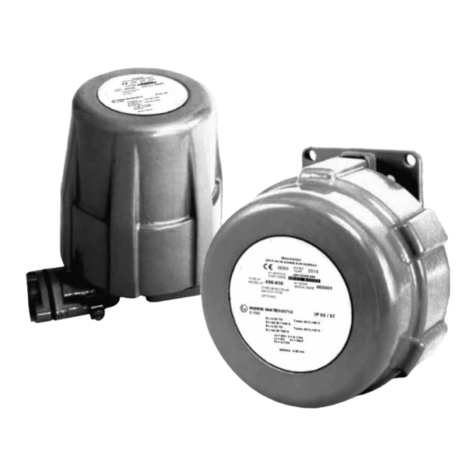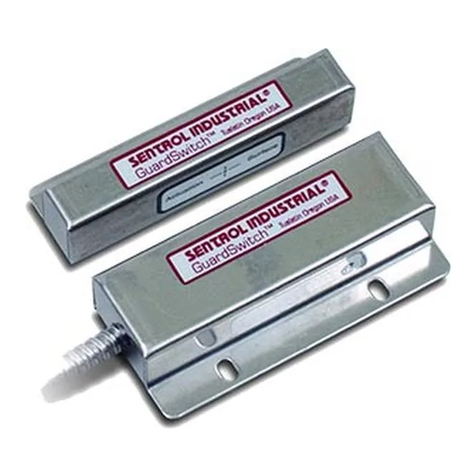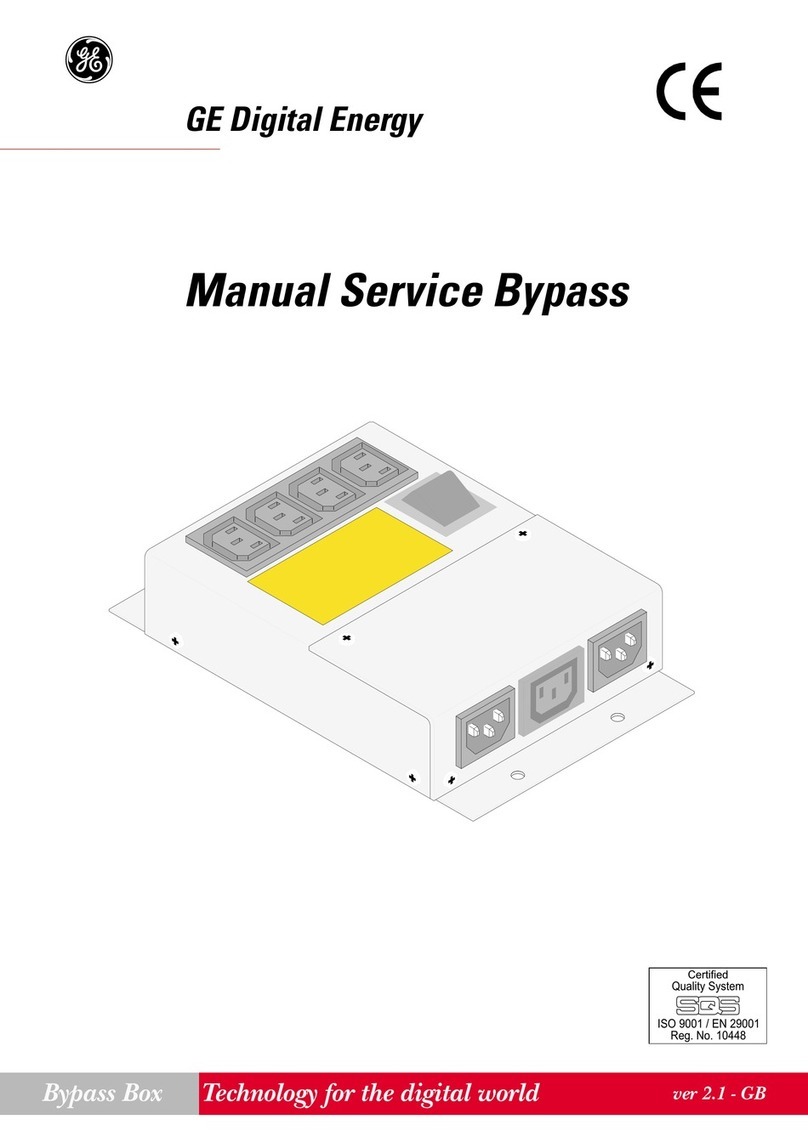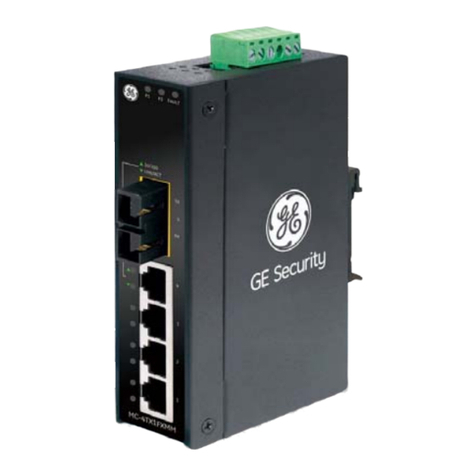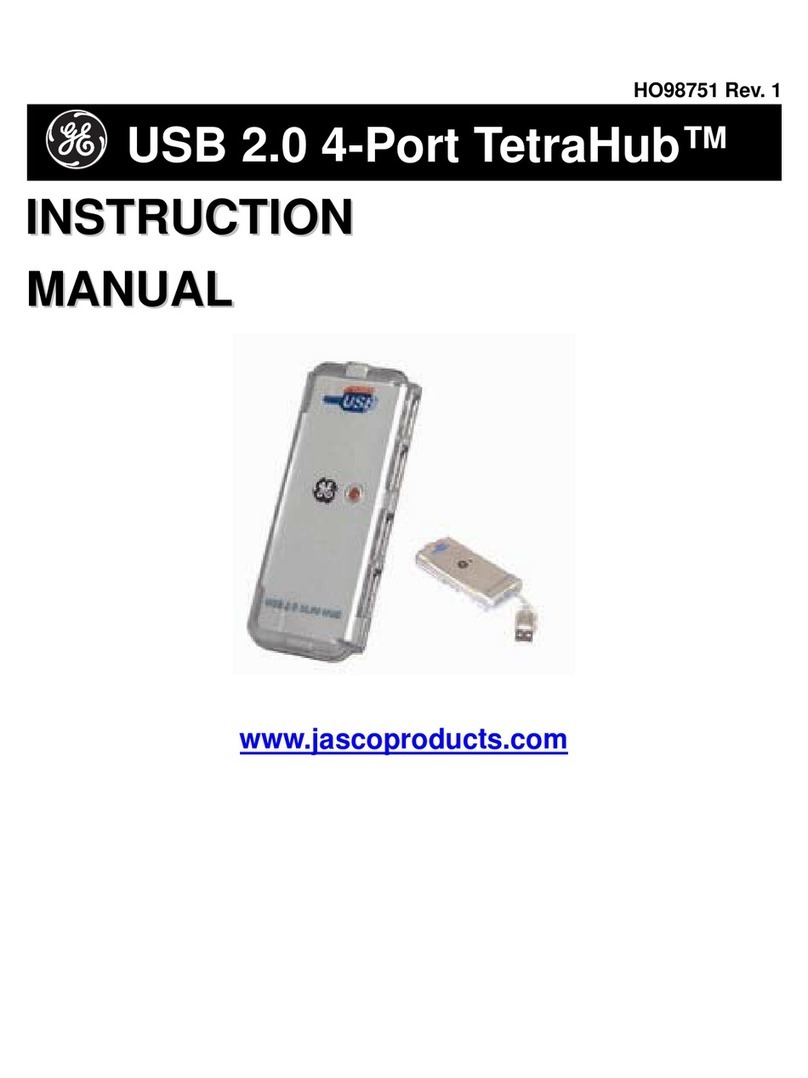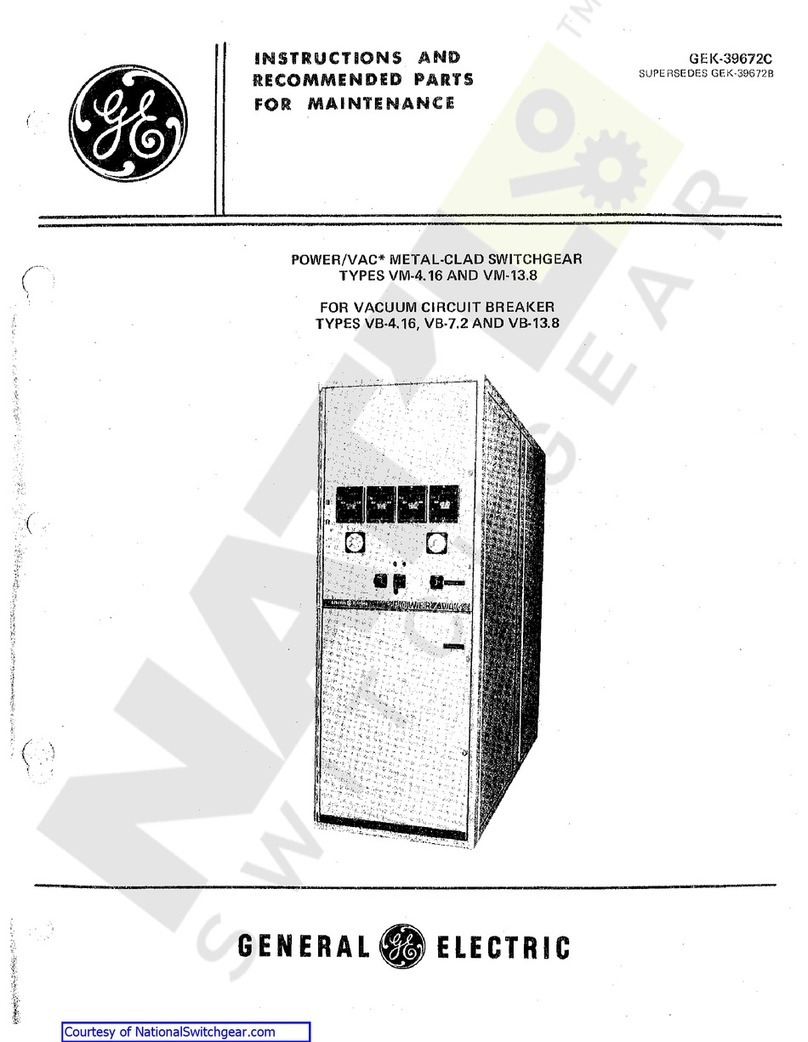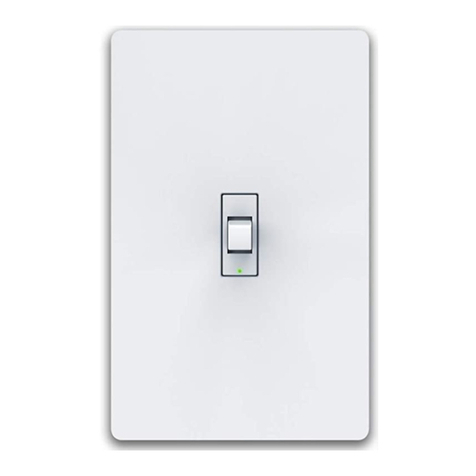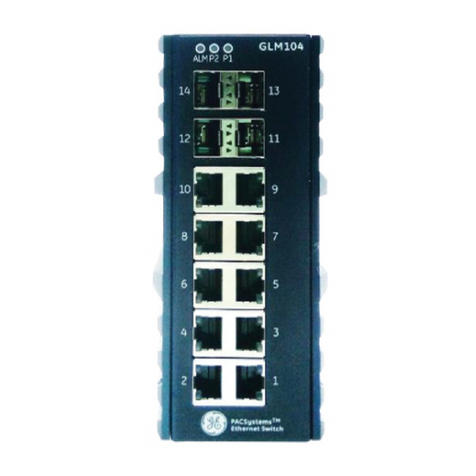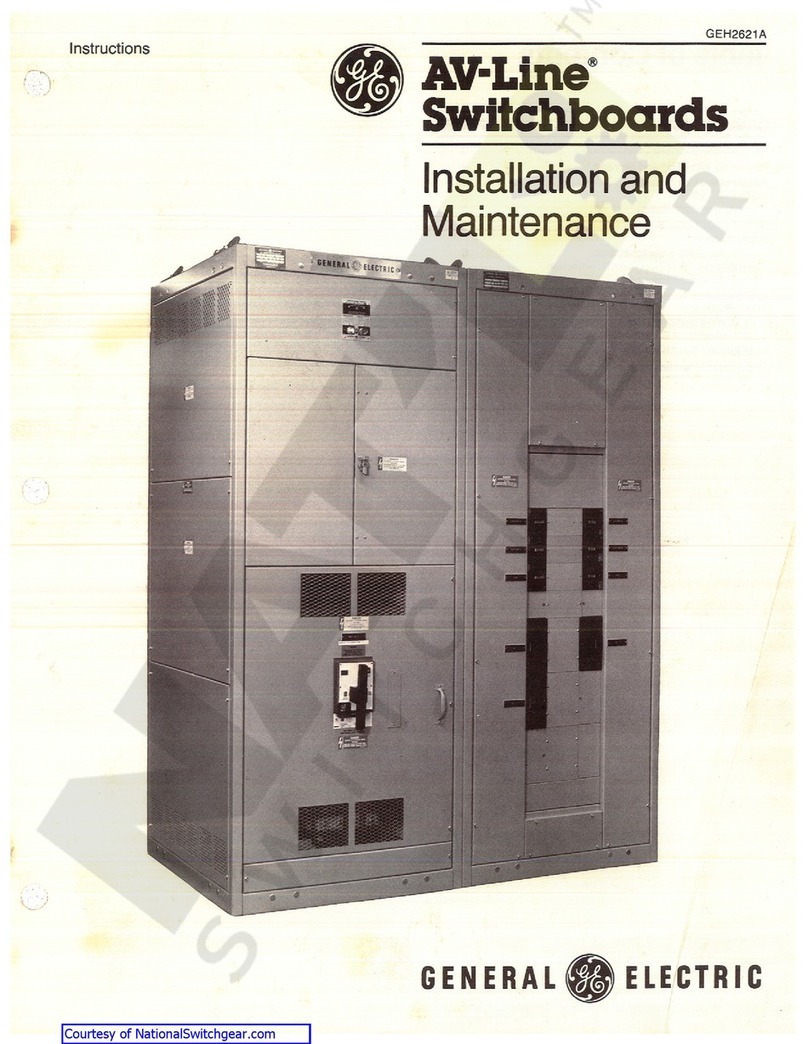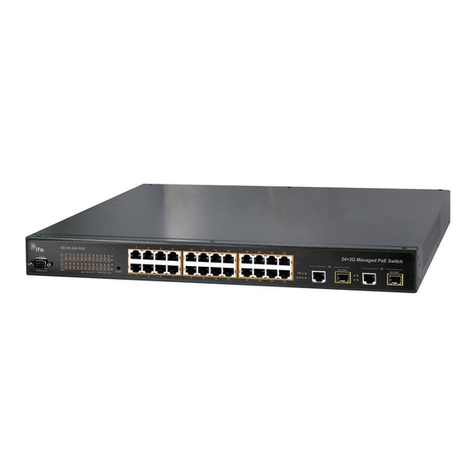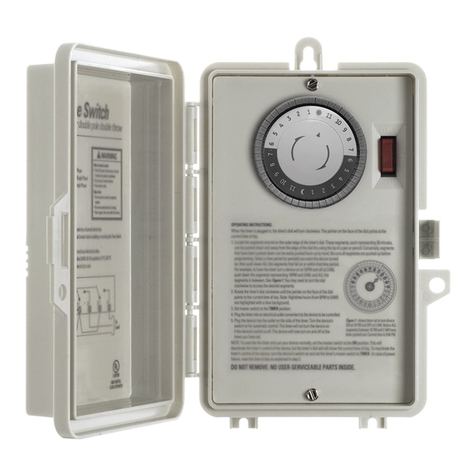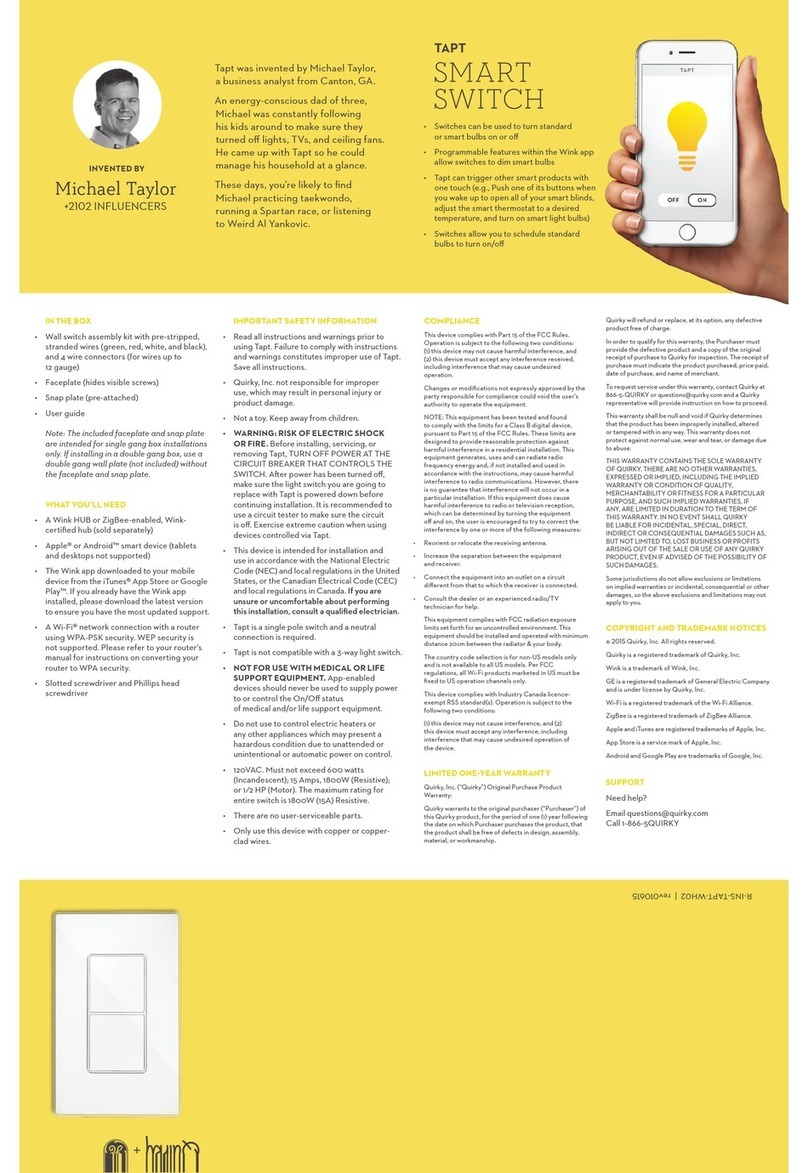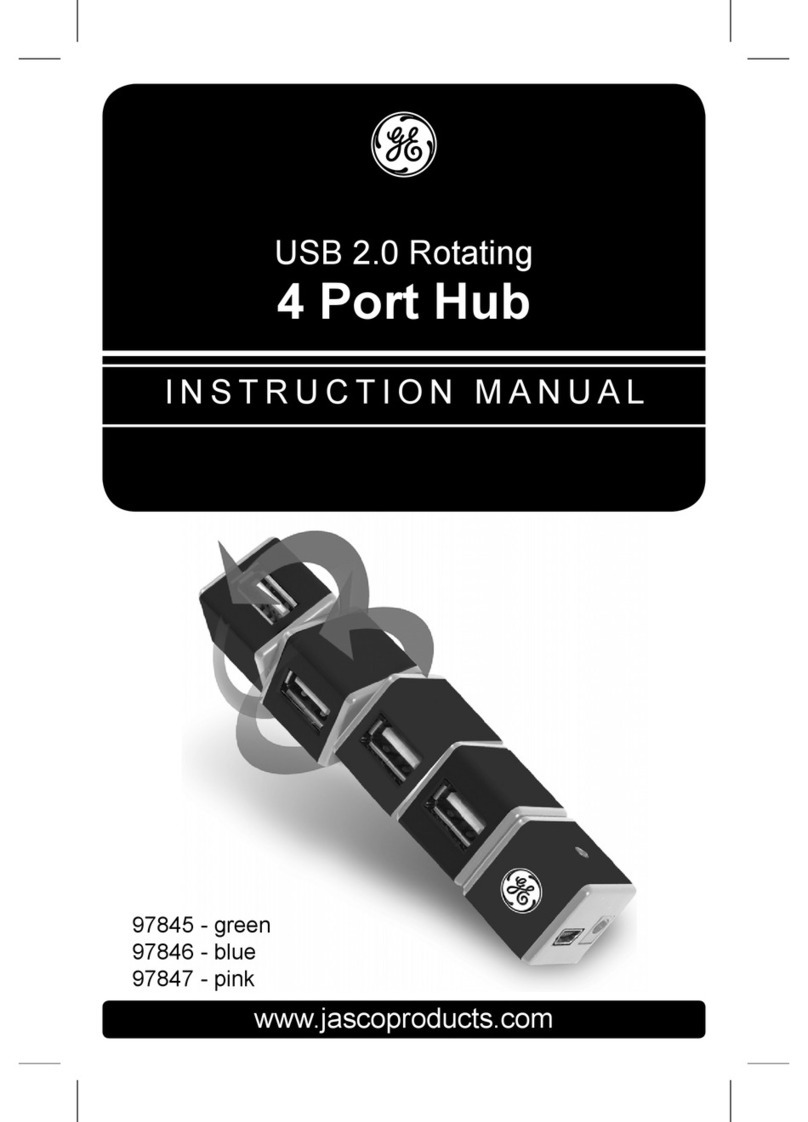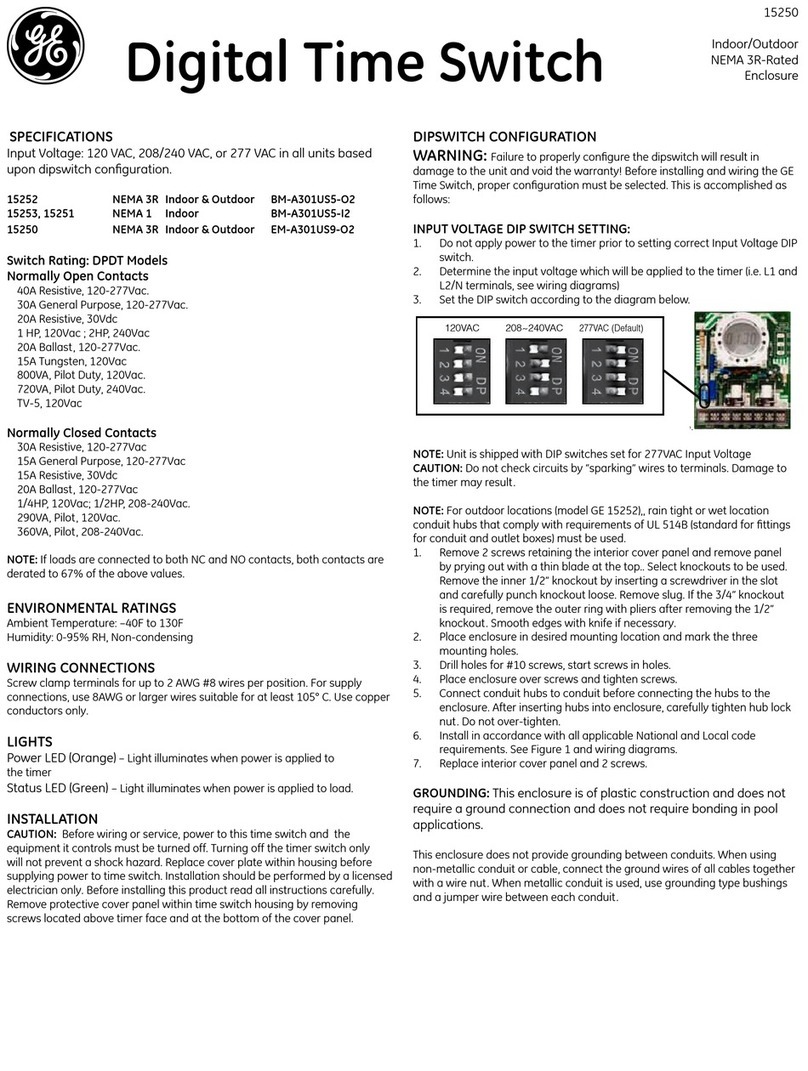
TOC–2 MULTILINK ML810 MANAGED EDGE SWITCH – INSTRUCTION MANUAL
TABLE OF CONTENTS
CONNECTING THE CONSOLE TERMINAL TO MULTILINK ML810 .....................................3-12
RJ45 CONSOLE PORT (SERIAL PORT) PIN ASSIGNMENTS ..................................................3-12
4: OPERATION SWITCHING FUNCTIONALITY ..........................................................................................................4-1
AUTO-CROSS(MDIX) AND AUTO-NEGOTIATION, FOR RJ-45 PORTS ..............................4-2
FLOW-CONTROL, IEEE 802.3X STANDARD ...............................................................................4-4
POWER BUDGET CALCULATIONS FOR ML810 MODULES WITH FIBER MEDIA .........4-5
ML810 SWITCH PORT MODULES ..................................................................................................4-6
ML810 MODULE LED DESIGNATIONS ................................................................................4-6
ML8104 (C1), 4 X10/100MBRJ45 (SLOT C) ...............................................................4-8
ML810 (E4) XMULTIMODE LC (SLOT C) ...........................................................................4-8
ML810 (E6), 4 XSINGLEMODE LC (SLOT C) .....................................................................4-9
ML810 (C4), 2 XMULTIMODE LC / 2 XRJ45 (SLOT C) ................................................4-9
ML810 (C5), 2 XSINGLEMODE LC / 2 XRJ45; ML810 (CI), 2 X10/100 RJ45 + 2 X100
MBITLC SM FIBER, 40 KM(SLOT C) ...............................................4-9
ML810 (E3), 4 XMULTIMODE MTRJ (SLOT C) ................................................................4-10
ML810 (C3), 2 XMULTIMODE MTRJ / 2 XRJ45 (SLOT C) ..........................................4-10
ML810 (EL), 2 X10 FL + 2 X100 FX ST - 2 KM (SLOT C) ........................................4-11
ML810 (E5), ML810 (E7) (SLOT C) ...................................................................................4-11
ML810 (C6), ML810 (C8) (SLOT C) ..................................................................................4-12
ML810 (C7) (SLOT C) ............................................................................................................4-12
ML810 (EJ), ML810 (EH) (SLOT C) ...................................................................................4-12
ML810 (EK) (SLOT C) ............................................................................................................4-13
ML810 (CD), 1 XLC MULTIMODE / 3 XRJ45 (SLOT C) ................................................4-13
ML810 (CF), ML8104 (CH) (SLOT C) ...............................................................................4-13
ML810 (CB), 1 XMTRJ MULTIMODE / 3 XRJ45 (SLOT C) ..........................................4-13
ML810 (EB), (EC), (ED), 1 XLC (SLOT C) .........................................................................4-14
ML810 (EA), 1 XMTRJ MULTIMODE (SLOT C) ................................................................4-14
ML810 (C2), 4 XPOE RJ45 (SLOT C) ...............................................................................4-14
ML810 (H7), 2 XGIGABIT RJ45 (SLOT B) ........................................................................4-15
TROUBLESHOOTING ...........................................................................................................................4-16
BEFORE CALLING FOR ASSISTANCE ......................................................................................4-16
WHEN CALLING FOR ASSISTANCE ........................................................................................4-16
5: IP ADDRESSING IP ADDRESS AND SYSTEM INFORMATION .................................................................................5-1
OVERVIEW ................................................................................................................................5-1
IMPORTANCE OF AN IP ADDRESS .................................................................................................5-3
DHCP AND BOOTP .................................................................................................................5-3
BOOTP DATABASE ....................................................................................................................5-3
CONFIGURING DHCP/BOOTP/MANUAL/AUTO ................................................................5-3
USING TELNET .........................................................................................................................5-5
SETTING PARAMETERS ......................................................................................................................5-8
SETTING SERIAL PORT PARAMETERS ....................................................................................5-8
SYSTEM PARAMETERS .............................................................................................................5-8
DATE AND TIME .......................................................................................................................5-10
NETWORK TIME .......................................................................................................................5-10
SYSTEM CONFIGURATION ................................................................................................................5-14
SAVING AND LOADING – COMMAND LINE ..........................................................................5-14
CONFIG FILE .............................................................................................................................5-14
DISPLAYING CONFIGURATION ................................................................................................5-17
SAVING CONFIGURATION .......................................................................................................5-20
SCRIPT FILE ..............................................................................................................................5-22
